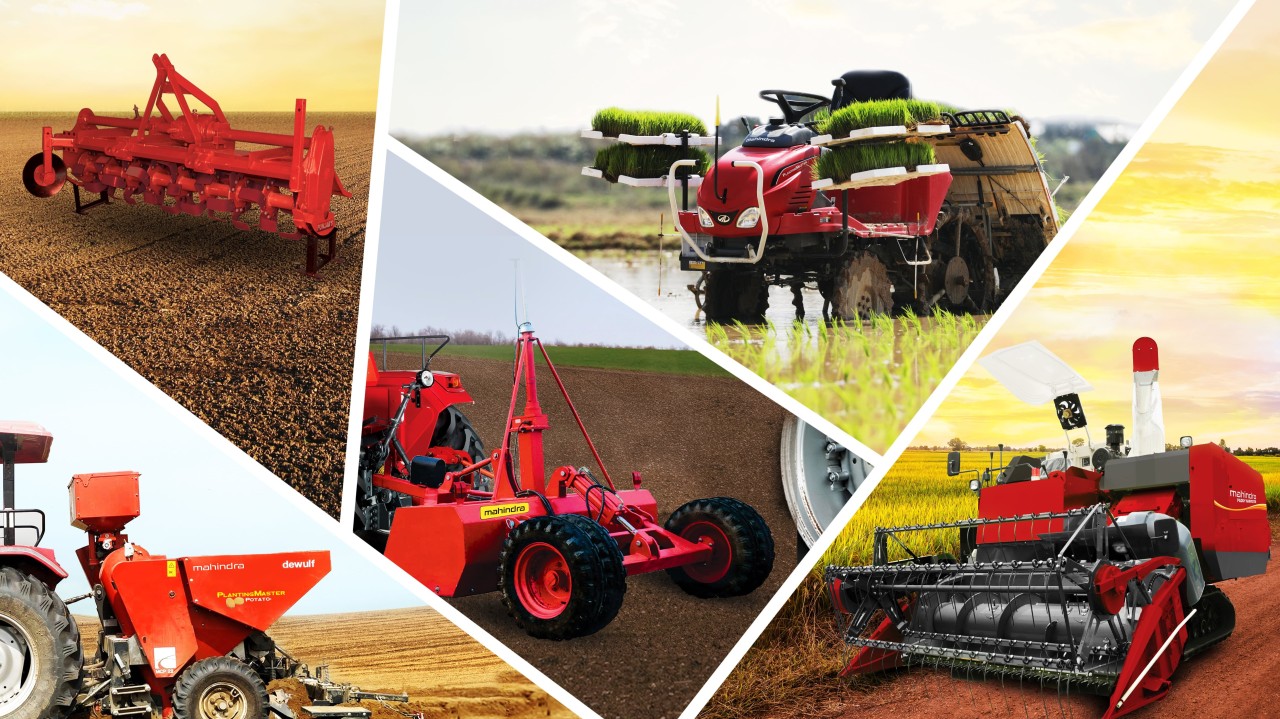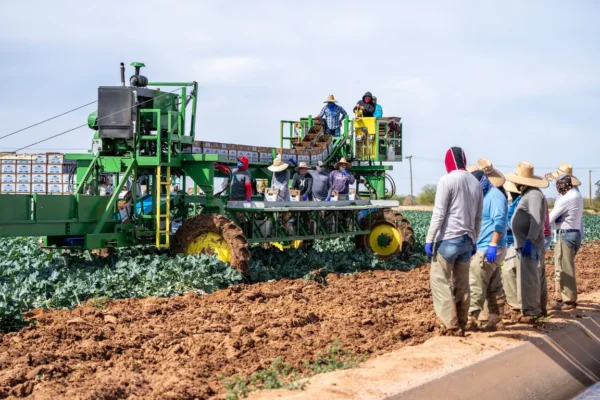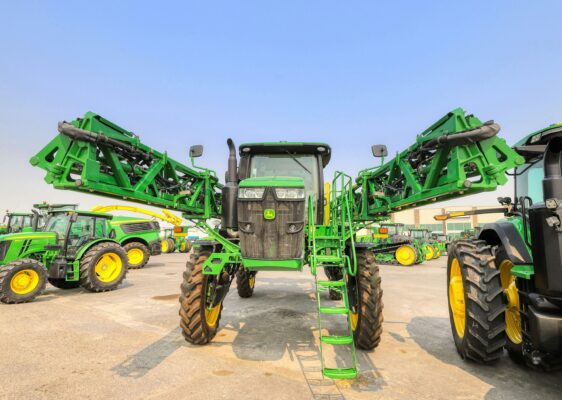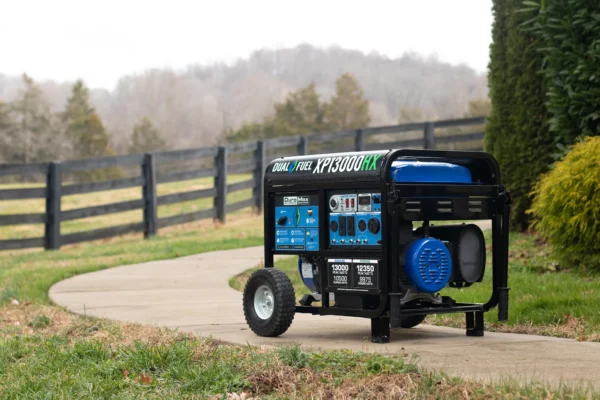Agriculture is evolving rapidly in response to growing global food demand, climate challenges, and advancements in technology. Farmers today are under pressure to produce more, use fewer resources, and work more efficiently — and agricultural machinery is at the heart of this transformation.
As we move into 2025 and beyond, here are the top trends in agricultural machinery shaping the future of farming:
1️⃣ Precision Agriculture and Smart Machinery
Precision agriculture is no longer the future — it’s happening now. Thanks to GPS technology, sensors, drones, and data analytics, farmers can now operate with pinpoint accuracy.
Modern tractors and implements:
- Use GPS guidance to optimize planting patterns
- Apply fertilizer and pesticides precisely where needed, reducing waste
- Monitor soil conditions in real time
- Collect detailed yield data to inform future decisions
This shift toward smart machinery helps farmers save time, lower input costs, and increase yields — all while promoting more sustainable farming practices.
2️⃣ Automation and Robotics
Labor shortages are a growing challenge in agriculture worldwide. In response, manufacturers are developing machines that can operate with minimal human intervention.
Examples include:
- Autonomous tractors that can till, plant, and harvest on their own
- Robotic weeders that identify and remove weeds without chemicals
- Automated fruit pickers for delicate crops like berries or apples
As robotics continues to advance, we can expect to see even more automated solutions hitting the market — helping farmers get the job done, even when skilled labor is scarce.
3️⃣ Sustainable and Electric Machinery
Farmers are increasingly focused on reducing their environmental impact, and machinery manufacturers are following suit.
Emerging trends include:
- Electric tractors and equipment powered by batteries
- Hybrid machinery that combines electric motors with traditional engines
- More efficient low-emission diesel engines
Electric farm machinery offers quieter operation, lower maintenance costs, and reduced greenhouse gas emissions — making it a win for both farmers and the planet.
As battery technology improves, we can expect electric equipment to become a more common sight on farms worldwide.
4️⃣ Connectivity and the Internet of Things (IoT)
In the future, more farm machinery will be connected — allowing farmers to monitor and control equipment remotely via smartphone or tablet.
With IoT-enabled equipment, farmers can:
- Receive maintenance alerts automatically
- Monitor machine performance in real time
- Track fieldwork progress from anywhere
- Integrate machinery data into farm management software
This level of connectivity enables smarter decision-making, reduces downtime, and helps farmers get the most out of every machine.
5️⃣ Modular and Multi-Functional Equipment
Another growing trend is machinery that is more modular and adaptable. Farmers want equipment that can handle multiple tasks and evolve with their needs.
Examples include:
- Tractors with easily swappable attachments
- Implements that can perform several operations in one pass
- Trailers designed for year-round versatility
This flexibility helps farmers maximize their equipment investment and work more efficiently across diverse crops and tasks.
Final Thoughts
The future of farming is exciting — and agricultural machinery is driving much of the change. From precision tools and automation to electric and connected machines, the next generation of equipment is helping farmers work smarter, faster, and more sustainably.
👉 Ready to explore the latest in farm machinery?
Browse our collection of innovative agricultural equipment here!
Stay ahead of the curve and equip your farm for the future!




